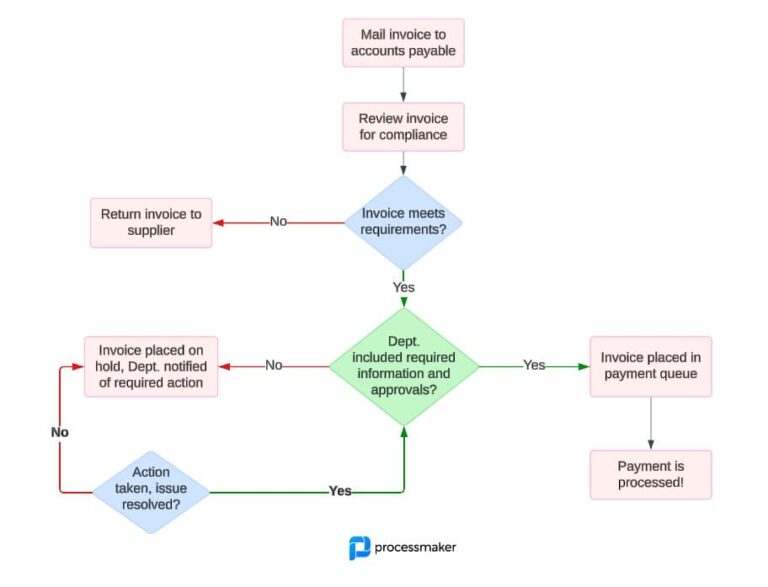The coronavirus has challenged most every company to rethink how they do business. New technologies and digital tools earmarked somewhere in the depths of your to-do list have instantaneously skyrocketed to the #1 spot.
Outdated or unwieldy technologies prove challenging for newly remote workforces to manage. Organizations late to adopt sustainable social media strategies find themselves behind the 8-Ball. Businesses that relied on face-to-face interactions are forced to transition their full firepower from handshakes to screenshares. While the worldwide pandemic takes its toll on “business-as-usual,” here’s five ways your team can use this time to grow into a more resilient, digital-first mindset.
1. Build out your self-service systems.
Does your business rely heavily on in-person appointments? The shuttering of brick-and-mortar locations have forced a shift from full service over to digital self-serve options. The coronavirus pandemic intensified the need for schools, banks, and healthcare solutions to offer modernized systems for users to access and manage their own information. However, many businesses were not ready for the transition.
Platforms like ProcessMaker offer drag-and-drop tools for creating user-friendly forms, portals, and applications so your organization can make the leap to digital without learning a single line of code. Create systems for students to manage their financial aid resources, or streamline your lending institution’s ability to process SBA loan applications.
2. Brainstorm digital alternatives.
The pandemic has forced teams across all industries to invest their creative juices into online alternatives to in-person events. Celebrities stream ballads and comedy bits from their kitchens in lieu of live concerts. Fitness brands forced to temporarily close gyms and stores have turned to workout apps to keep their customers in tip-top shape. How can you use this time to develop digital alternatives to in-person touchpoints?
- Don’t let the closure of restaurants and coffee shops weaken your business relationships. Host Zoom happy hours or coffee events to maintain contact with your VIP customers.
- Use video conferencing to bring together customers with industry thought leaders. Apps like Instagram Live allow you to add a viewer into the video so they can ask questions of the featured host.
- Have your sales or customer support specialists check-in with top customers via video. Are you losing time troubleshooting the details of an issue via email or phone? Screenshares make it easy to identify the source of a problem quickly, and the 1-on-1 white glove service bolsters a powerful relationship with your customer base.
3. Streamline your social content approvals.
Gone are the days of “we’ll figure out something to post next week.” People are spending more time on social media than ever, highlighting the importance of consistency in your corporate communication. In fact, strong social presences have buoyed the resiliency of many top companies.
Don’t let the transition to remote work silence your social media strategy. If you’re used to prolonged in-person brainstorming sessions to approve blog articles, press releases, and social media content, current conditions are likely hampering your posting schedule. Fast-track your approvals process using platforms like ProcessMaker. Team members can easily “accept” or “reject” content without leaving the confines of their inbox.
4. Unsilo your systems.
The rapid shift to remote work shined a spotlight on silo-ed internal systems. Team members now need to access documents and information from anywhere in the world. Companies that operated on individual spreadsheets or discrete workstations are learning to transition to a shared, cloud-based environment.
5. Transition support staff to social media messaging.
Issues related to the pandemic have inundated service lines, adding new pressures to representatives working from their kitchen counter. The strain lengthens wait times and forces customers to seek out alternate ways to resolve customer service-related questions and concerns. Many companies have reported a significant uptick in customer service messages received through channels like Facebook Messenger, Instagram, and Twitter.
If your team relies on traditional methods like phone and email support, consider shifting some of your team over to social media inboxes. Provide a stellar customer service experience by answering questions where customers are asking them.
These are just some of the ways your business can emerge from this crisis as a more sustainable, resilient digital powerhouse. By implementing the right technologies, your business can take on any future challenges with skill and finesse.




